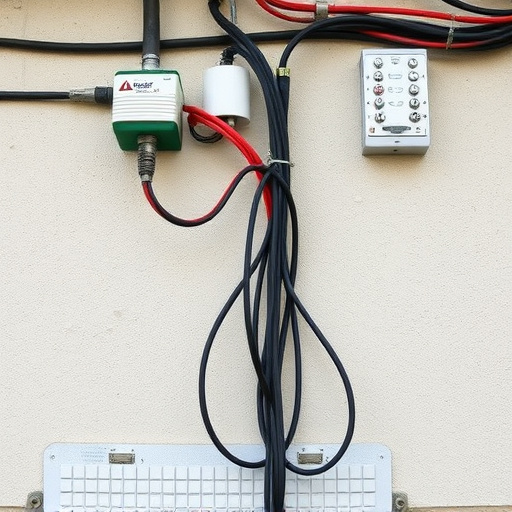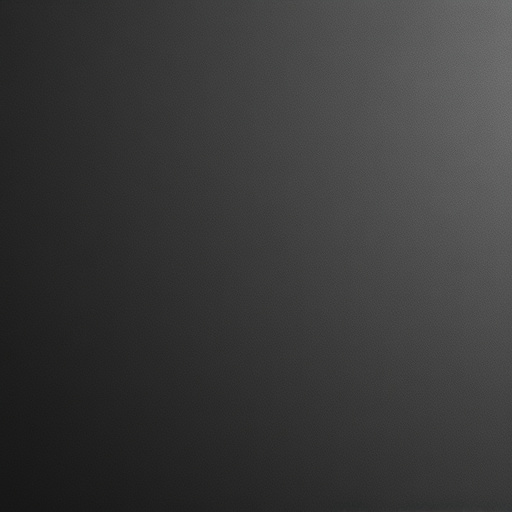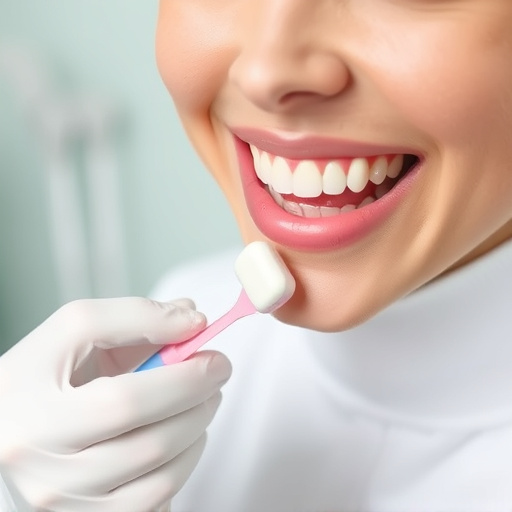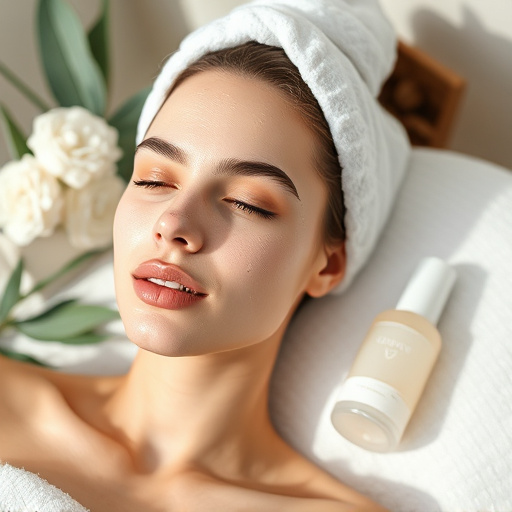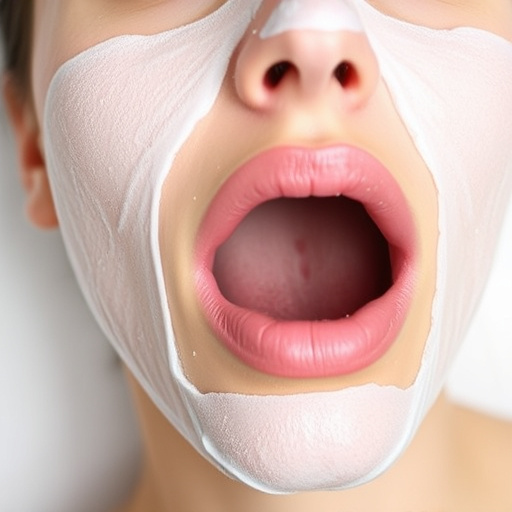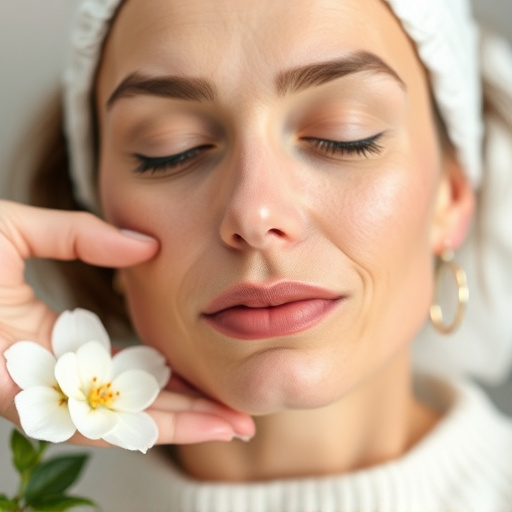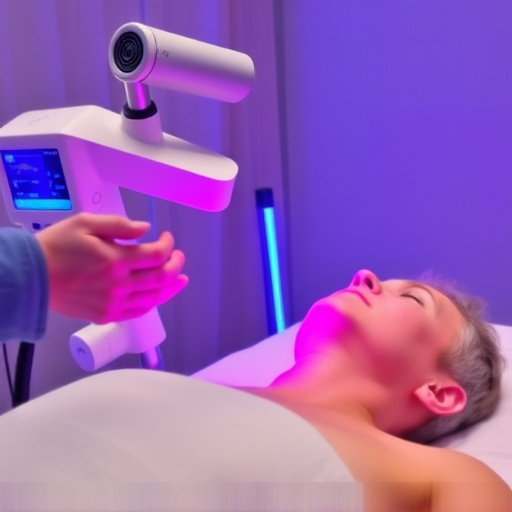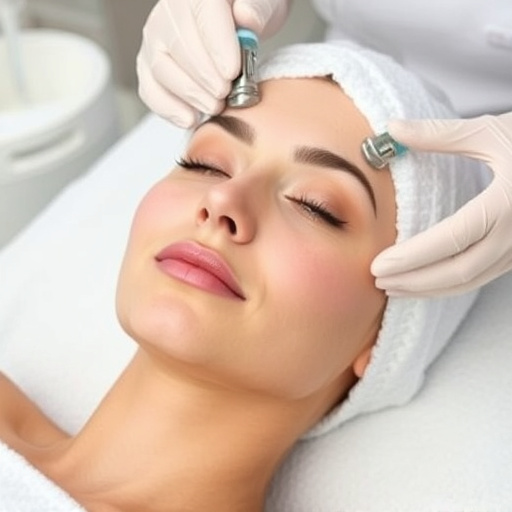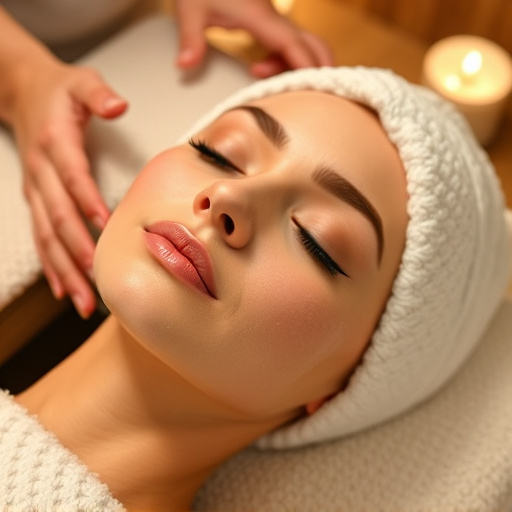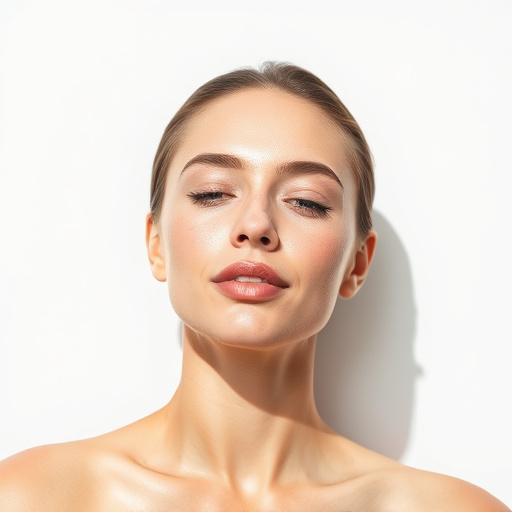Ingrown hair prevention involves understanding causes like improper shaving and skin conditions. Techniques include topical treatments, natural remedies, gentle shaving, exfoliation with creams or loofas, microneedling, and personalized skincare routines to reduce ingrown hairs by promoting healthy hair growth and skin clarity.
Ingrown hairs can be an unsightly and uncomfortable nuisance, affecting various body areas from legs and arms to face and back. This comprehensive guide explores effective ingrown hair prevention techniques tailored to different parts of your body. We delve into the causes behind this common issue, offering insights across diverse zones. From topical treatments and home remedies to expert shaving and exfoliation tips, discover a range of strategies to minimize ingrown hairs and achieve smoother, healthier skin.
- Understanding Ingrown Hair Causes Across Body Zones
- Topical Treatments and Home Remedies for Prevention
- Expert Tips: Shaving, Exfoliation, and Alternative Methods
Understanding Ingrown Hair Causes Across Body Zones
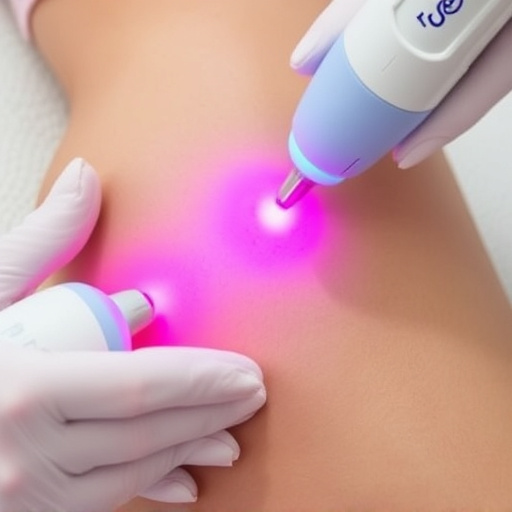
Ingrown hairs can occur on various parts of the body, each with unique characteristics and potential causes. For instance, ingrown hair prevention in sensitive areas like the face and underarms requires a different approach than for coarser body regions such as legs or arms. The primary factors contributing to ingrown hairs include hair growth patterns, skin texture, and environmental conditions. In some areas, excessive dead skin cells or clogged pores can trap hair follicles, leading to the growth of ingrown hairs.
Understanding these causes is crucial in implementing effective ingrown hair prevention techniques. For example, improving pore refinement through gentle exfoliation and hydration can help prevent hair from getting trapped beneath the surface. Additionally, certain treatments like laser hair removal offer a long-term solution by targeting the hair follicle itself. Hydrating facials also play a role in maintaining skin health, ensuring that the skin is supple enough to allow hair to grow naturally without becoming ingrown.
Topical Treatments and Home Remedies for Prevention
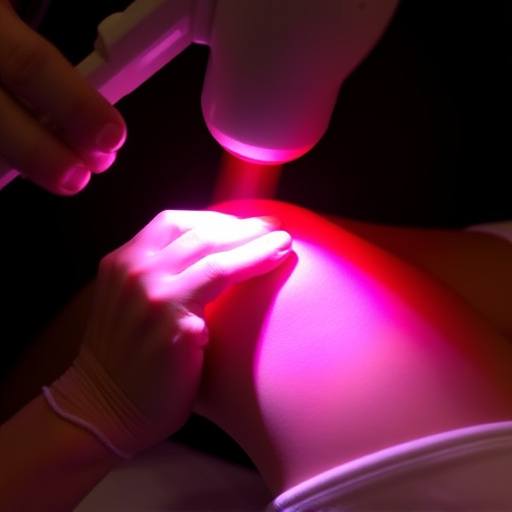
Ingrown hair prevention starts with understanding the root cause, be it shaving too closely, using harsh products, or skin conditions like acne. Topical treatments play a crucial role in mitigating this issue. Over-the-counter creams containing salicylic acid or benzoyl peroxide can help exfoliate the skin and unclog pores, reducing the chances of ingrown hairs. Additionally, moisturizing lotions with ingredients like shea butter or coconut oil can nourish the skin, making it smoother and less prone to irritation.
Home remedies offer natural alternatives for ingrown hair prevention. Applying aloe vera gel has anti-inflammatory properties that soothe irritated skin. Honey, known for its antimicrobial qualities, can be used as a scrub to exfoliate gently. For areas like the beard or legs, customized facials at home with ingredients like oatmeal and yogurt can provide deep cleansing, reducing post-shave irritation and ingrown hairs. These methods, coupled with gentle shaving techniques and regular exfoliation, contribute to effective ingrown hair prevention across various body areas.
Expert Tips: Shaving, Exfoliation, and Alternative Methods
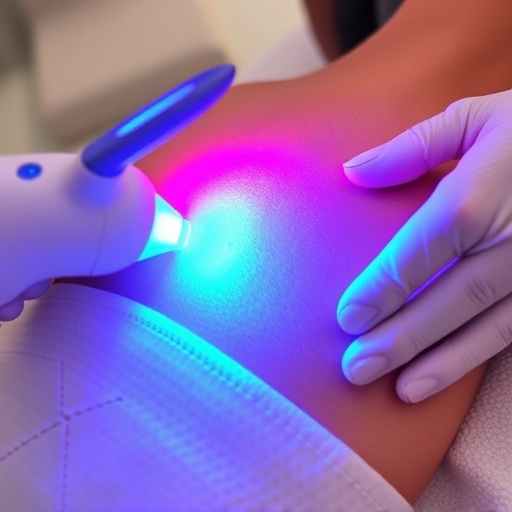
Shaving is a common method for hair removal, but it’s crucial to incorporate proper techniques to prevent ingrown hairs. Start by using a fresh razor and ensuring your skin is well-moisturized before shaving. Shave with the grain of hair growth for smoother results and avoid pulling or tugging at the hair follicles. Regular exfoliation is another expert-recommended practice. Exfoliating creams or loofas can help remove dead skin cells, unclog hair follicles, and promote healthier hair growth.
For those seeking alternative methods, microneedling therapy has gained popularity as an effective ingrown hair prevention technique. This treatment involves using fine needles to create tiny punctures in the skin, stimulating collagen production and improving skin texture. Additionally, personalized skincare routines can play a significant role in preventing ingrown hairs. Customized to your skin type and concerns, these routines may include specific cleansers, moisturizers, and topicals designed to enhance skin clarity and hair growth.
Ingrown hair prevention is a multifaceted approach that combines understanding the causes specific to different body areas, adopting effective topical treatments and home remedies, and incorporating expert tips for shaving and exfoliation. By implementing these strategies, you can minimize the occurrence of ingrown hairs across various body zones, achieving smoother, healthier skin. When it comes to ingrown hair prevention, knowledge is power—armed with the right techniques, maintaining silky-soft skin is within reach.


